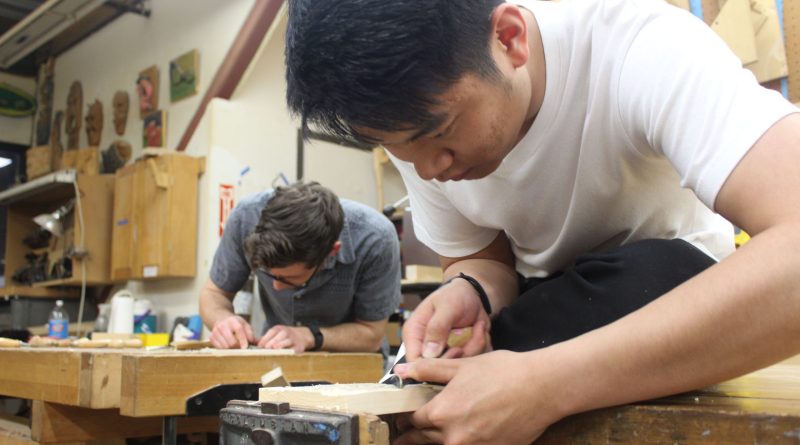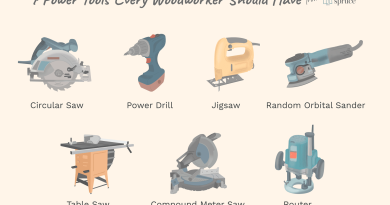Woodturning Techniques – Preventing Grain Tear Out
Overview
One of the more difficult challenges new and intermediate wood turners face is how to deal with torn grain areas on their projects while turning. Sometimes, even with the sharpest tools and the best techniques, you can get torn grain while turning.
Reversed grain areas, soft or punky wood next to sound wood, density differences between early and late wood, wild grain, and other situations can sometimes create torn, or bruised grain. Some species are more susceptible to torn grain than others, but there are effective ways to deal with this challenge so your sanding will be easier.
Preventing Torn Grain When Turning
One of the best ways to prevent torn grain is to stop and sharpen your gouge if you notice any areas that are not cutting cleanly. The edge life on your gouge is highly variable, therefore our first and best response to any cutting problem we encounter while turning is to stop and sharpen our tools. If that does not solve the problem, then you still have lots of options available to improve the quality of your surface.
Effective Techniques for Dealing with Torn Grain
One quick and easy way to improve the cut quality in a torn grain area is to apply paste wax to the area. Simply wipe a small amount of paste wax (I prefer Microcrystalline Wax) into the stubborn area and take another cut with your freshly sharpened gouge. This can be quite effective on some timbers, as the wax helps to stiffen the fibers slightly, so they can cut cleanly.
Another option is to spray a bit of clear lacquer onto the torn grain area. Allow the lacquer to dry and take another cut with your gouge. This is highly effective on many timbers, so give it a try. Spray Shellac also works well, but I do not always have it on hand, so I use Lacquer most of the time. Lacquer dries very fast and helps to stiffen the torn fibers, allowing them to be cut cleanly.
Other Options – Shear Scraping
If you do not want to apply anything to the surface, consider shear scraping the area with a freshly sharpened scraper. When we shear scrape, we hold the angle of the cutting edge at 45 degrees and lightly skim the area with the scraper. This will produce feather-light shavings that look like goose down. Shear scraping is an excellent technique to deal with torn grain and offers a side benefit as well – much less sanding.
A properly shear scraped surface can reduce your abrasive protocol up to 50%, by allowing you to start sanding as high as 320-grit. Trust me, you want to learn how to shear scrape! I use it primarily to reduce sanding in my studio, but it works equally well to repair torn grain or other damaged areas.
Power Sanding
Last but not least, you can power sand the torn grain and remove it with abrasives. This is the least desirable option for many people, as very few woodturners like to sand! However, at times this may be your last, best option. If you have a small patch of torn grain that you want to sand, lock your lathe spindle and lightly power sand the specific area before you begin sanding the rest of the bowl.
When you have removed the damage, unlock the lathe spindle, turn on the lathe, and sand as normal. The area you worked on with the lathe off will be blended into the rest of the surface and should disappear. If your damage is very deep, this option may leave a dip in the surface. There are no doubt other ways to handle torn grain, but these have been the most reliable for me over the years and I encourage you to give one, or more of them a try the next time torn grain rears its ugly head in your studio.
About The Author




